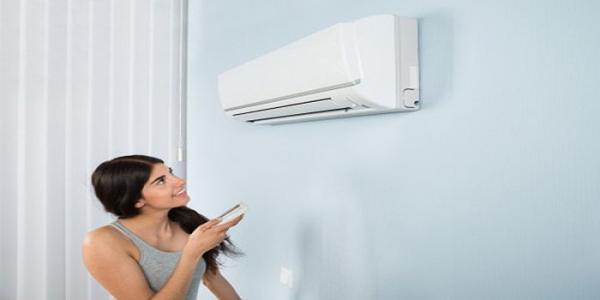The types of models include Multi-Stage Capacity Air Conditioners, Unitary Air Conditioners and Split Air Conditioners.

If you are planning to buy a new air conditioner (AC) — split or window– then brace yourself for a major development. The new regulations set by the Bureau of Energy Efficiency (BEE) in consultation with the central government mandates that the default temperature of all room air conditioners sold in India will be 24-degree-Celsius. Here is everything you need to know about the new rules for ACs:
BEE has made the 24-degree-Celsius default temperature setting mandatory for all ACs with star-rating
As per the new notification by BEE, the 24-degree-Celsius default temperature setting has been made mandatory for all room air conditioners covered under the ambit of BEE star-labelling program.
Default temperature in ACs mean the temperature at which the AC turns on
The default temperature setting in an AC means that this is the temperature at which the AC will turn on. In this case, it is 24-degree-Celsius. “Default setting is the setting at which a machine comes from the factory. Therefore, when the machine is switched on then it will have a preset temperature of 24-degrees-Celsius,” explains the notification.
You will be allowed to set temperature to below 24-degree-Celsius like always
The default temperature setting of 24-degree-Celsius doesn’t mean that you will not be able to change the settings and lower the temperature up to 16-degree-Celsius. Default temperature simply means the temperature at which the AC turns on. You can reduce or increase the temperature like always.
So, if you can reduce the temperature to below 24-degree-Celsius, what’s the point of having this default setting?
Among AC users in India, very few people tweak settings in ACs and mostly run on the default auto mode. This will help people in saving power effortlessly. Also, this will help promote energy and climate awareness among AC users.
“It is estimated that by increasing the temperature of room by 1 degree Celsius, we can save about 6% of electricity. Typically, room temperature is set between 20-21 degree Celsius whereas, as per standard comfort conditions, ideal temperature is 24-25 degree Celsius. Considering change from 20degree Celsius to 24 degree Celsius, there is potential to increase at least 4 degrees Celsius, which will lead to savings of about 24% of electricity,” Ministry of Power explained.
India is not the only country to have this rule. Japan has a 28-degree-Celsius default temperature rule
The Ministry of Power claims that “countries like Japan and US have already put in regulations for the functioning of air conditioners. Japan introduced a default setting for air conditioners at 28-degrees-Celsius. While in the US, states like California have enforced limits on lowering the air condition beyond 26-degrees-Celsius.”
All AC models rated by BEE from 1 star to 5 star will have to follow the 24-degree-Celsius default temperature rule
In a press release, the BEE said, “All brands and types of star labelled room air conditioners…which are rated from one star to five star, based on their relative energy efficiencies up to a rated cooling capacity of 10,465 Watts (9,000 kcal/hour) and manufactured, commercially purchased or sold in India, shall ensure default setting of temperature in the room air conditioners at twenty-four degrees Celsius.”
The new rule is applicable for room air conditioners only
The new 24-degree-Celsius default temperature rule is applicable for room air conditioners only. The types of models include Multi-Stage Capacity Air Conditioners, Unitary Air Conditioners and Split Air Conditioners.
The new regulation of 24-degree-Celsius default temperature is applicable from January 1, 2020
New standard the Indian Seasonal Energy Efficiency Ratio (ISEER) announced
The Indian Seasonal Energy Efficiency Ratio (ISEER) as per the new standards will range from (3.30 – 5.00) for split and (2.70 – 3.50) for window air conditioners. These performance standards will be applicable from next year– January 1, 2021.
BEE claims star labelling program helped reduce energy consumption and carbon emission
BEE claims in a press release that the “star labelling program” for Room Air Conditioners (RACs) has led to an “estimated 4.6 billion units of energy savings in FY 2017-18 alone and a cumulative energy savings of 46 billion units translating to 38 million tonnes of carbon emission reduction.”






























